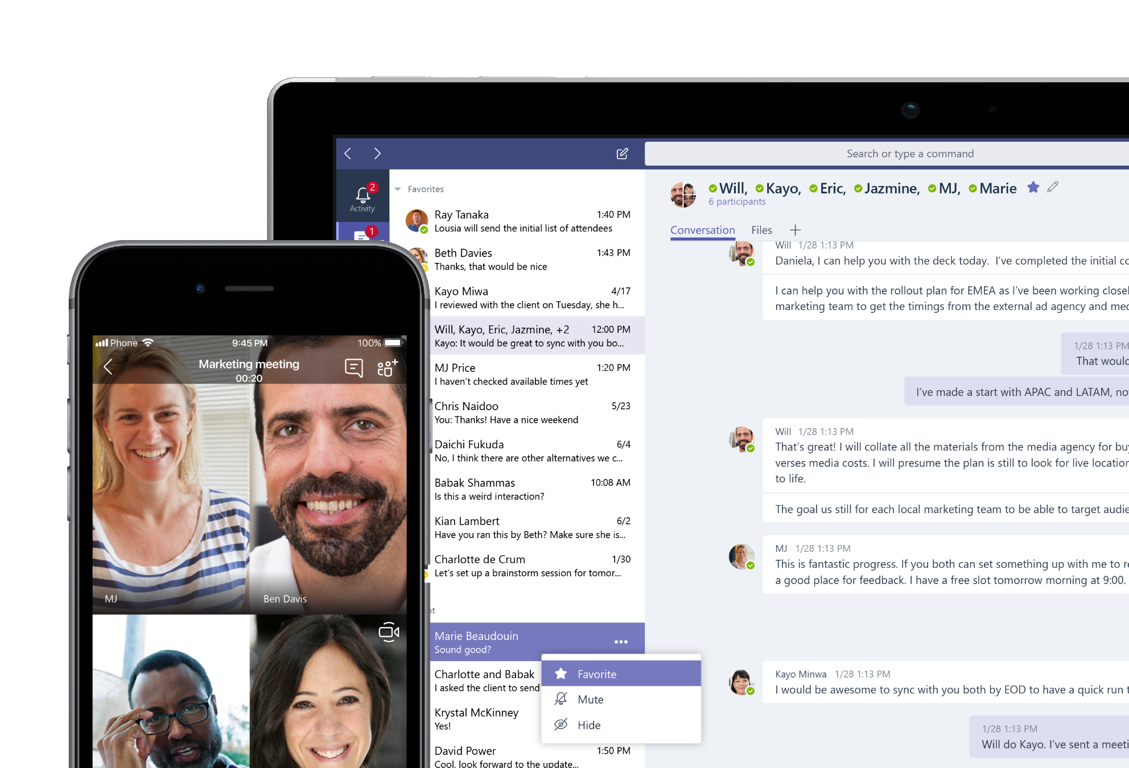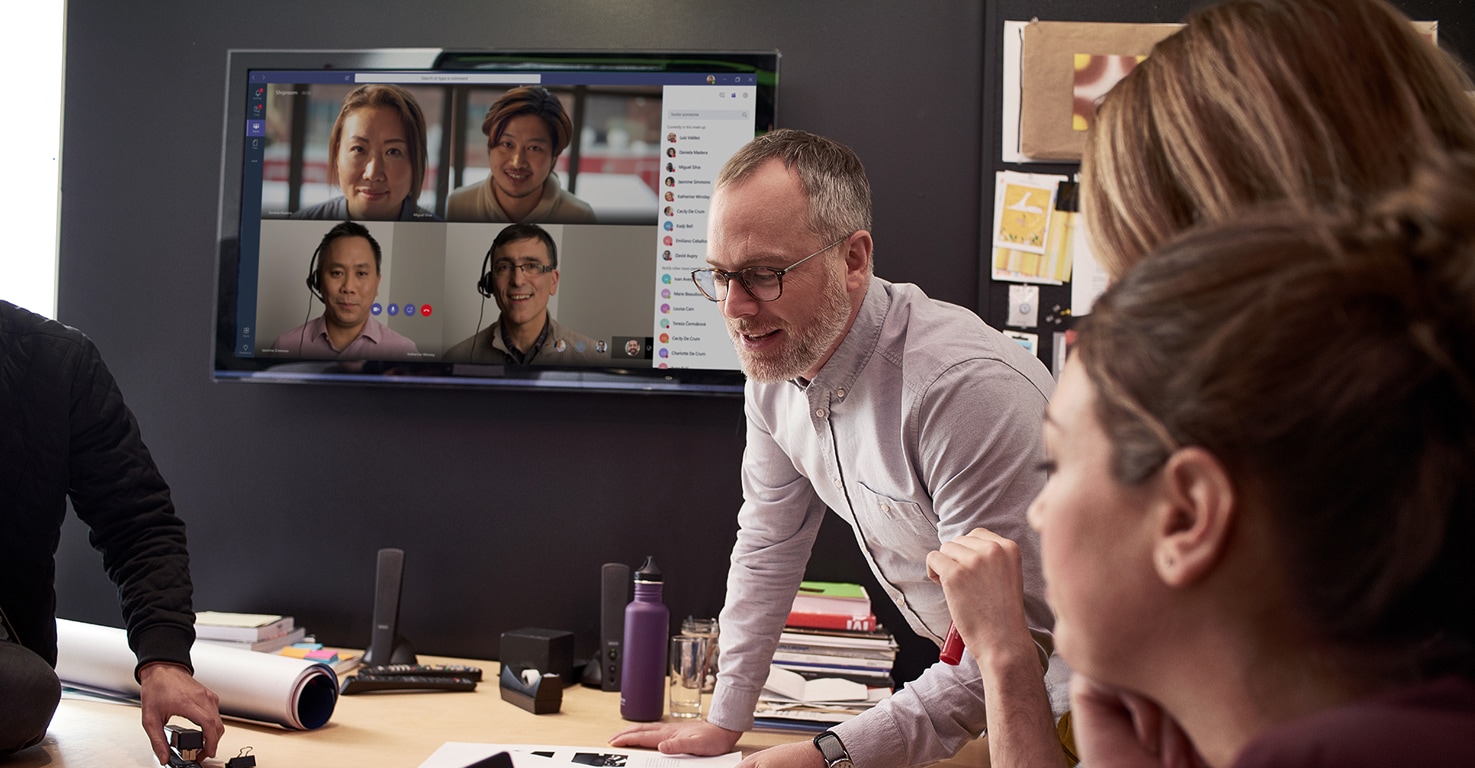Work cultures, practices and methods are ever-changing phenomena. These changes occur on the macro level due to emerging HR management and leadership trends. They also occur on the micro level – pivots in the industry, in a given company or in the structure of a particular department/team. We will discuss some of these new trends in upcoming articles, but for this one, we want to cover a rather complex topic – collaboration.
To briefly touch upon a trend, we recently saw a rise in working in silos. As much as it sounds like the word pair of solo, working in silos has a different meaning. Working in a silo entails a combination of working on your own and working in a small group, but all in all, they don’t interact with other teams/departments within the company. You can learn more about the silo mindset here.
On the other side of the coin, we have collaboration, which is being increasingly encouraged by managers. Unlike silo working, collaborative working is defined is, when:
People working jointly on an activity or project to achieve a common goal. Especially where this involves co-operation between several teams, departments and/or different organizations to achieve an agreed objective.
Working collaboratively and in silos pose their unique challenges and advantages, which are different for managers and employees.
In the scope of this article, we will discuss the pros and cons of collaborative work from the perspective of managers and employees. We will also help you understand how you can overcome these downsides.
Manager’s perspective
Pros of a collaboration process
Fast turnaround
When a group of people work in collaboration with one another, they can complete the work much faster compared to working in silos. There are simply many hands on the deck. The tasks are divided up between different members and can be performed simultaneously.
Different perspectives during problem-solving
The exchange of ideas and viewpoints are key to solving a problem. Some members might be more experienced than others. Plus, different people have different approaches to problem solving. As a result, issues can be solved much faster and more efficiently.
Diverse skill set
Depending on a project (whether it’s a marketing campaign or a financial auditing), you may need to employ a diverse skill set. From skillful writing to graphic design and knowledge of local legislation, it’s hard to have such variety in one person. So, having a team work on the project ensures that you have a good toolkit in your hands.

Cons of a collaboration process
Communication challenges and conflicts
One of the major challenges of collaborative work is miscommunication. Team members can come from different backgrounds and each of them is used to a certain communication style. And communication in this context is an umbrella term that covers anything and everything from tone, mode, means, etc. It can take a while for a team to find “a common communication ground.”
Also, where there are people working together, there is bound to be a clash of ideas which may escalate into a conflict. And it’s a challenge for both managers and employees alike. It is the manager’s task to dismantle the argument and settle the conflict.
In such cases, it works best if as a manager, you are proactive and set communication guidelines upfront. Start from the basics like creating a common communication platform, where employees can interact – for example, Microsoft Teams as it enables audio and video meetings, instant messaging, and collaboration tools.
Head over to this article to learn how to connect global teams with Microsoft Teams.

Too many viewpoints
During brainstorming, there might be too many ideas and it becomes a real challenge to decide on the best approach without disregarding anyone’s ideas. It’s a time-consuming and a very diligent process. The key is to be patient, acknowledge everyone’s contributions regardless of the size, and share the final decision with the whole team.
Under-performing employees vs. hard-working employees
Each manager encounters under-performing employees at one point or another. Under-performers “thrive” in a collaborative work environment, as they can hide and, in some cases, even take credit for the work done by others. So, identifying and dealing with under-performing vs. hard-working employees is a real challenge for managers.
In similar situations, a manager needs to assess the effectiveness of the members of the group. A solution is embedded in written task distribution, so that you know who is responsible for what and can track their progress if needed. Digital task management tools are a perfect resource for this. You can use collaboration tools such as Microsoft Teams, which allows integration with many famous task management tools such as Planner, Trello, Asana, and others.
In this article we share some tips on how to use Microsoft Teams effectively as a manager.
Employee’s perspective
Pros of a collaboration process
Division of labor
One of the many advantages of working in collaboration with others for an employee is division of labor. The work is divided among a few people, and everything doesn’t fall on the shoulders of one person. This spares employees from constant multi-tasking and allows them to focus on a few tasks. Divide and conquer kind of approach generates positive and stress-free results for employees.
Networking with other employees/departments
Collaboration is an excellent means of networking and getting to know new people. It’s through collaboration that people get to know their colleagues and form lasting connections that can help in career growth in future, which takes us to the next point.
Growth
Growing as a professional and learning new skills is an advantage of working in a group. This is a product of the two points that we discussed earlier – diverse skill set and varying perspectives. Working closely with people who have different experiences, expertise and approaches can by default lead to growth.
Also, the growth takes place when you encounter challenges – for example, miscommunication – while working in a team. If you manage to solve these problems, during your next task, you will have a better idea on how to navigate similar situations.
Cons of a collaboration process
Reaching consensus / compromising
A rather challenging challenge for an employee when collaborating with others, is reaching a consensus and compromising. It is truly difficult to have to let go of your ideas and solutions, when you worked so hard on developing them. When working in a team, it is very important to have strong coping skills and to allow everyone to have an opportunity to contribute.
At the same time, there is also a risk of groupthink, which is a phenomenon in which people strive for consensus and set aside their own personal beliefs to match the opinion of the rest of the group.

Conflicts in working styles
Everyone has their working styles. Some prefer to put their headphones on and complete their tasks. Others prefer to be in constant communication with one another. Plus, regardless of the industry and the job, there are always multiple ways and approaches of completing tasks. It is difficult to get used to such diverse working styles but it’s a must in any collaborative environment.
It is important to recognize that everyone is comfortable in their own way of working. So, in order to have successful results, it’s essential to be patient and understand the various working styles in a group setting.
Self-appointed leaders
In collaborative structures, the emergence of multiple “self-appointed” leaders is quite common. As a result, there are multiple members, assuming the leadership role and trying to steer the wheel. This is not only unproductive but can create tension within the team. It is up to the managers to prevent the emergence of such leaders.
One method is to always have a large overview of what’s going on within the team and how the collaboration is going. You can also easily do this through an all-in-one collaboration platform such as Microsoft Teams.

So, collaboration – yay or nay
Collaborative structure is an excellent way to bring all the different voices within the organization together to innovate, develop and troubleshoot. Collaboration enables task distribution and fast turnaround and leads to creative output. But next to these advantages, there are challenges, which you can mostly overcome by the right management skills and set of tools. At the end of the day, the benefits of working in a group setting exceeds the disadvantages.
The collaboration of individuals with various backgrounds is a great opportunity for the management to have better assessment of the team members. From the employee’s perspective, collaboration results in long-lasting connections and paves way for professional and personal growth.
We, at SalesTim, believe that collaboration is the best way of making progress. That’s why our team works closely together every day to deliver a product that aims to make collaboration easier.
We help companies improve their collaborative processes in Teams at the organizational level. Talk to our team and we will help you define scenarios and use cases based on your business and IT needs.
